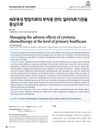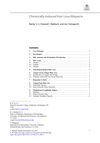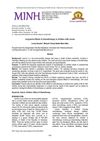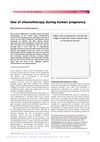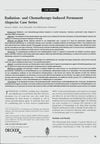Drug Utilization Pattern and Adverse Drug Reactions of Chemotherapy in Pediatric Patients at Muhimbili National Hospital, Tanzania
April 2022
in “
F1000Research
”
TLDR Most pediatric cancer patients at Muhimbili National Hospital in Tanzania experienced side effects from chemotherapy, with nausea, hair loss, and low white blood cell count being the most common.
This study assessed the drug utilization pattern and adverse drug reactions (ADRs) of chemotherapy in 123 pediatric cancer patients at Muhimbili National Hospital, Tanzania. The most common malignancies were Wilms Tumor (23.6%), B Cell Acute Lymphoblastic Leukemia (17.1%), and Burkitt Lymphoma (17.1%). The average number of drugs per prescription was 7, with antimetabolites being the most used class of anticancer agents. Over 87% of patients experienced ADRs, with nausea and vomiting (45.8%), hair loss (33.6%), and neutropenia (32.7%) being the most prevalent. The study highlights the need for rational drug use to minimize ADRs and improve survival rates.

